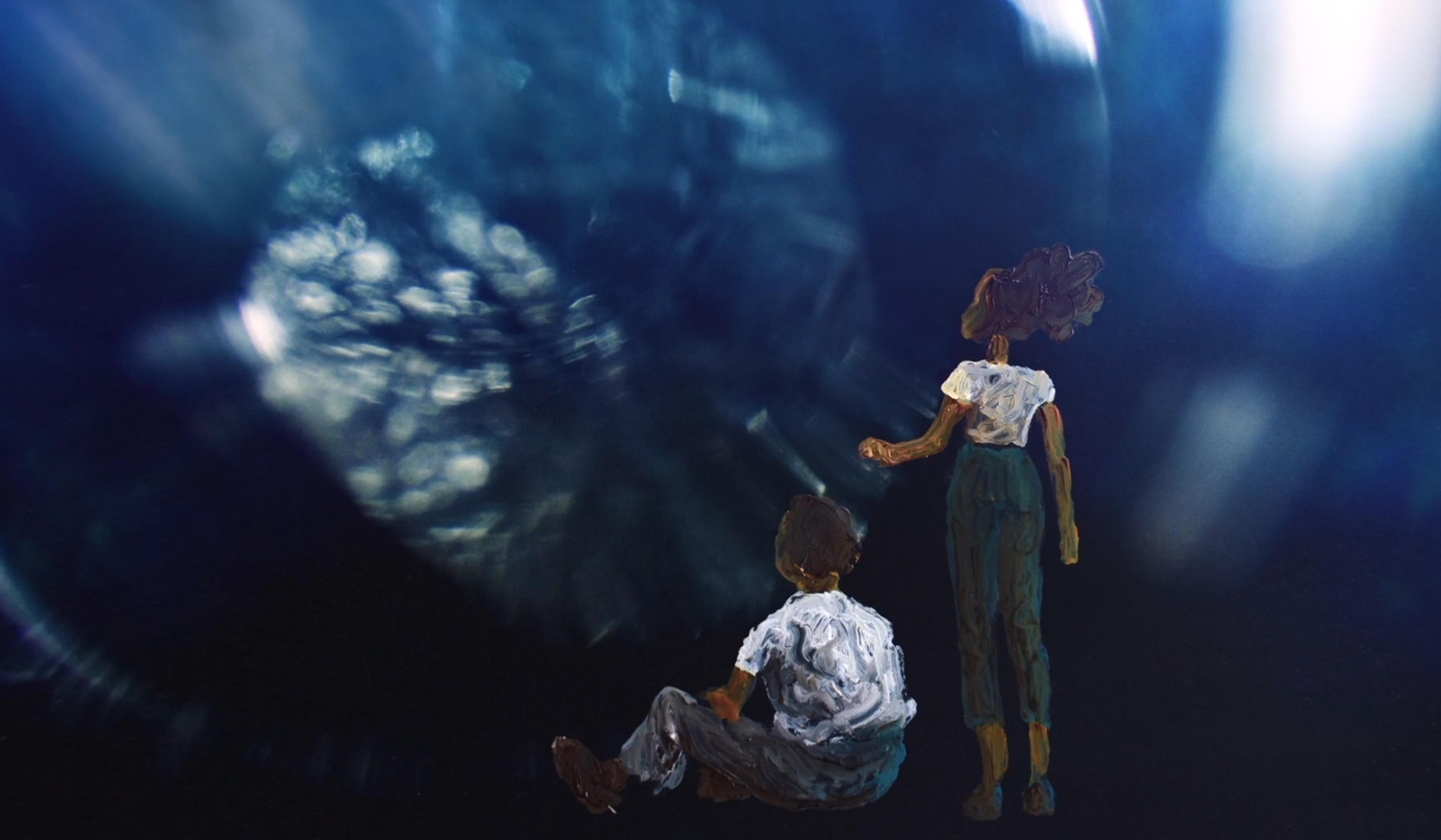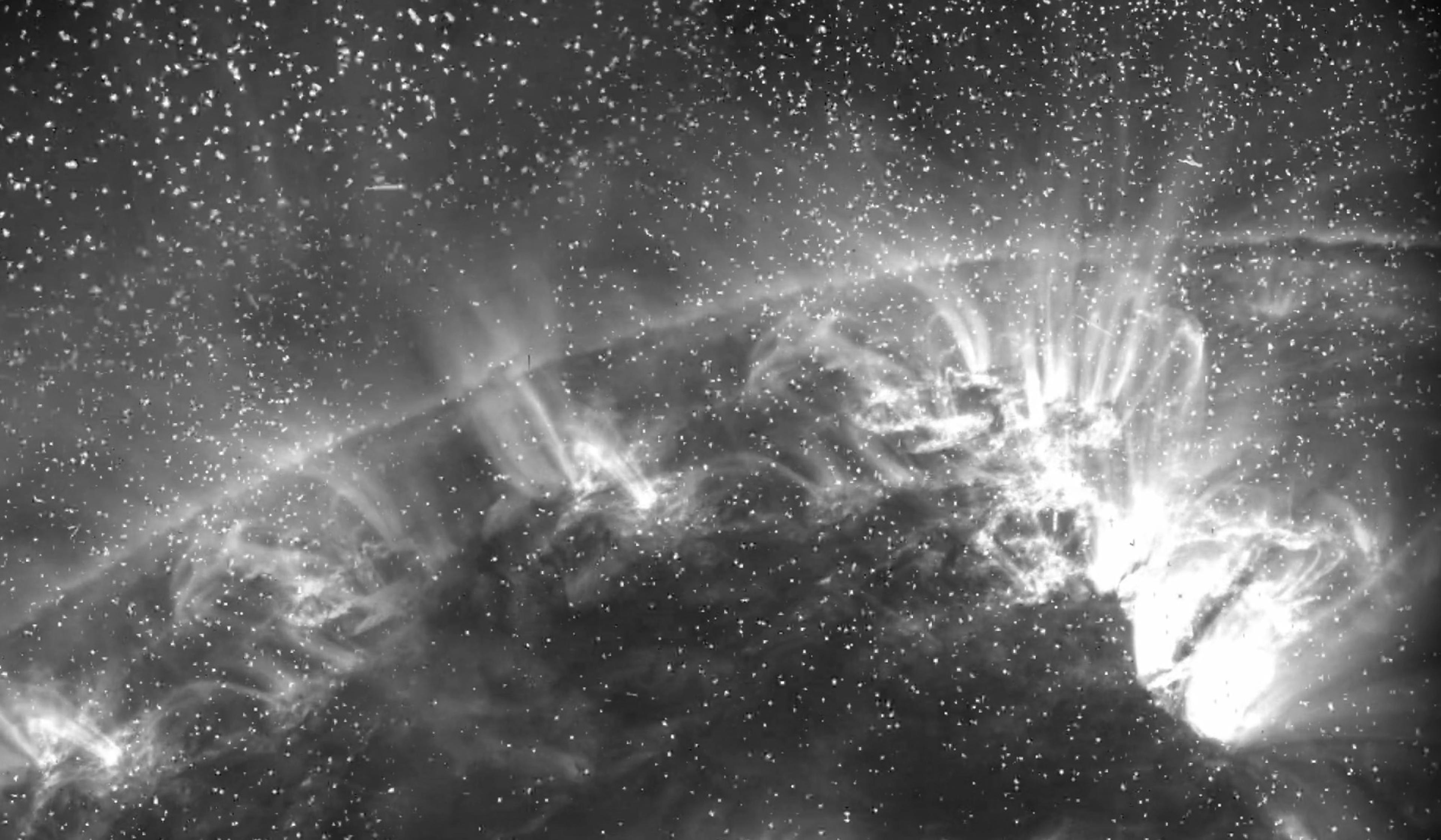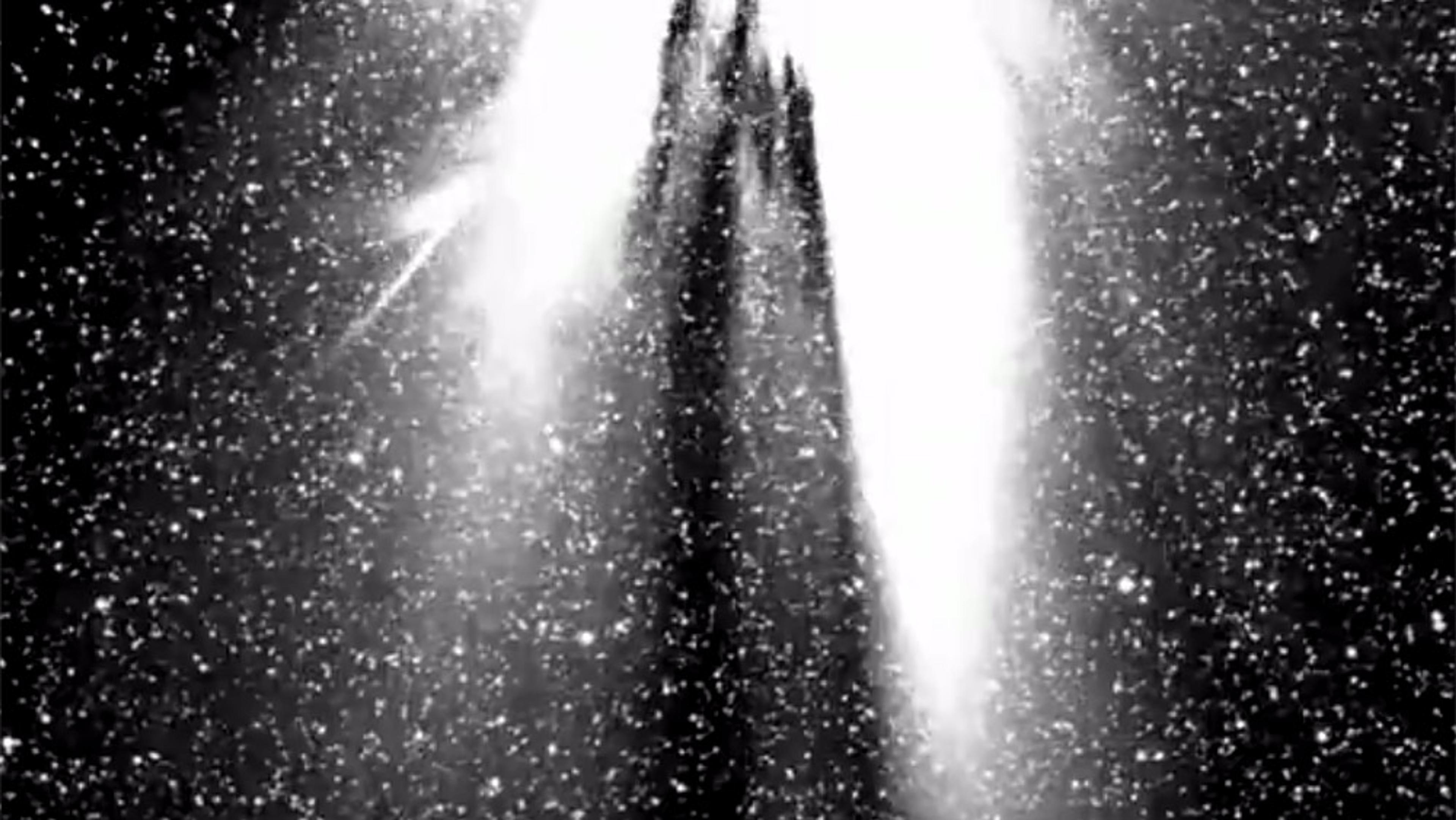Since NASA launched the Hubble Space Telescope into low Earth orbit in 1990, it has captured some of the most renowned and awe-inspiring pictures of the cosmos on record. But if you’ve ever been blown away by the dazzling reds, blues and yellows of images such as the ‘Pillars of Creation’, you might be surprised to learn that Hubble captures images only in shades of grey. As this explainer from NASA Goddard Space Flight Center details, the addition of colours during what can be weeks-long image-processing procedures isn’t so much a transformation as it is a translation into new visual languages that humans can understand and even learn from. Featuring some of the most remarkable images that Hubble has captured to date, the video helps us understand how filters and processors offer more than just intergalactic eye candy.
What are you really seeing when you see magnificent images of space?
Producer: Miranda Chabot
Website: NASA’s Goddard Space Flight Center
13 April 2023

videoKnowledge
A poet’s ode to the Hubble Telescope – and to her father, who helped to build it
2 minutes

videoAstronomy
Raw solar-storm footage is the punk-rock antidote to sleek James Webb imagery
6 minutes

videoAstronomy
What our eyes miss in the sky – stargazing beyond the visible light spectrum
3 minutes

videoPhysics
The abyss at the edge of human understanding – a voyage into a black hole
4 minutes

videoSpace exploration
The high life: take a majestic, guided tour of the International Space Station
18 minutes

videoAstronomy
The majestic Earth as seen through the eyes of astronauts orbiting above
6 minutes


